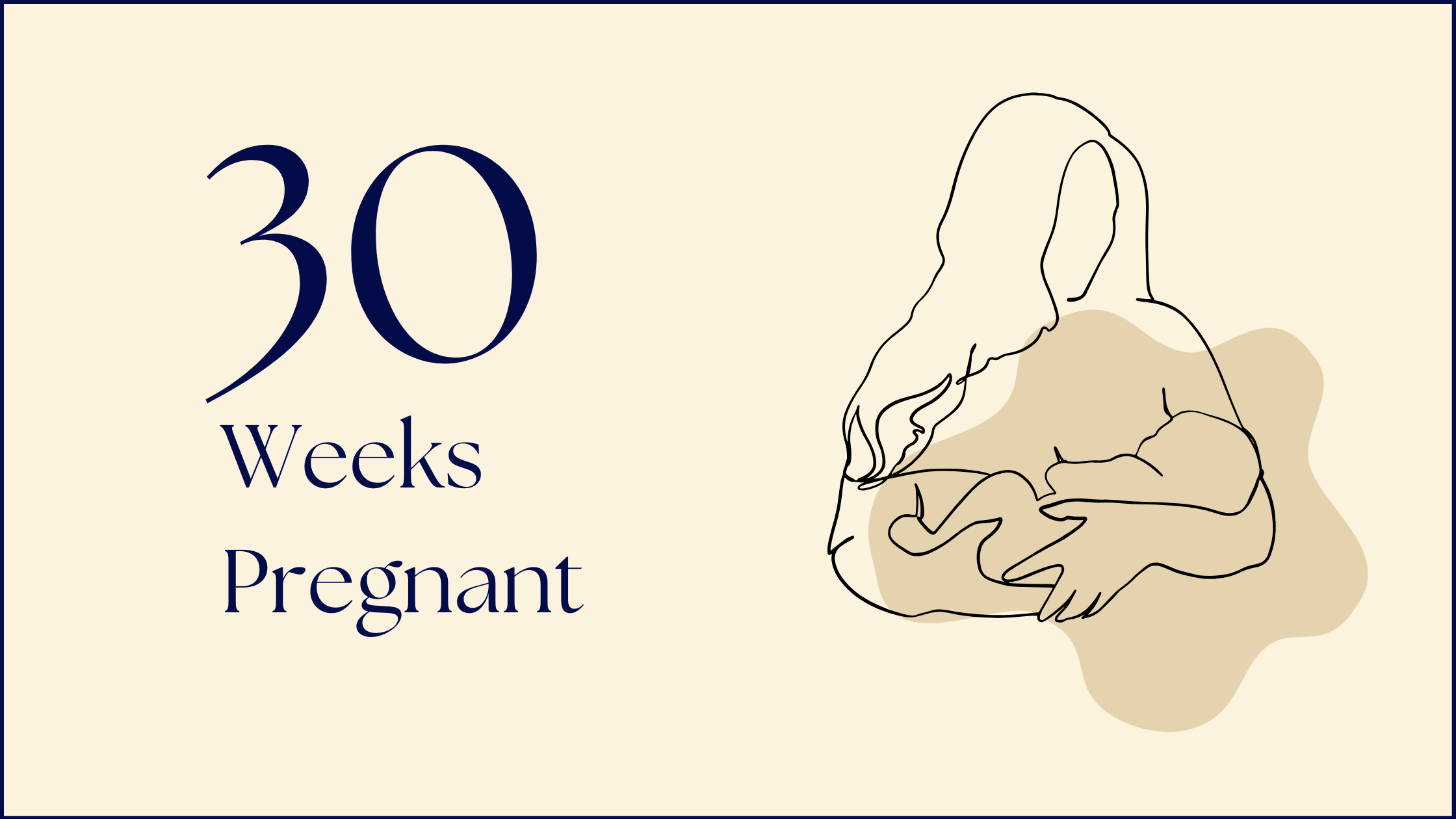Mastering the Art of a Good Latch
As your due date draws closer, you might be starting to wonder how breastfeeding is supposed to work. Don’t worry, Mama—you’re not alone! Finding positions and holds that work for both you and your baby is a learning process for both of you. One of the most important steps to successful breastfeeding is getting a good latch.
A “latch” refers to how your baby (or breast pump) attaches to your breast. A good latch makes milk transfer quicker, more comfortable, and increases milk production by effectively emptying your breasts. (Read more about the Demand-Supply Principle here.)
Key Elements of a Good Latch:
- Wide Mouth: Your baby should open their mouth wide, as if yawning, to create a vacuum seal around the breast.
- Chin to Breast: Baby’s chin should be touching the breast, and their lips should be flanged outward (not tucked inward).
- Nipple Position: The nipple should be directed toward the back of the baby’s mouth to allow for effective sucking.
- Areola Coverage: The baby should take in a significant portion of the areola, not just the nipple, to ensure effective milk transfer and reduce nipple pain.
A helpful tip: Hold your breast like a sandwich with one hand while bringing baby’s mouth to the breast with the other. This can help create a nice, firm latch.
Tips for You This Week
- Practice hand positioning ahead of time so you’re ready when the moment comes.
- Try different feeding positions to find what’s most comfortable for you and your baby. You can practice using a stuffed animal or a doll.
- Be patient and gentle with yourself—latching is a skill that takes time for both you and baby to master!
Fun Fact:
A baby’s natural sucking reflex is so strong that, within minutes of birth, most babies will instinctively crawl to the breast and latch on—nature’s way of guiding them to their first feed!





